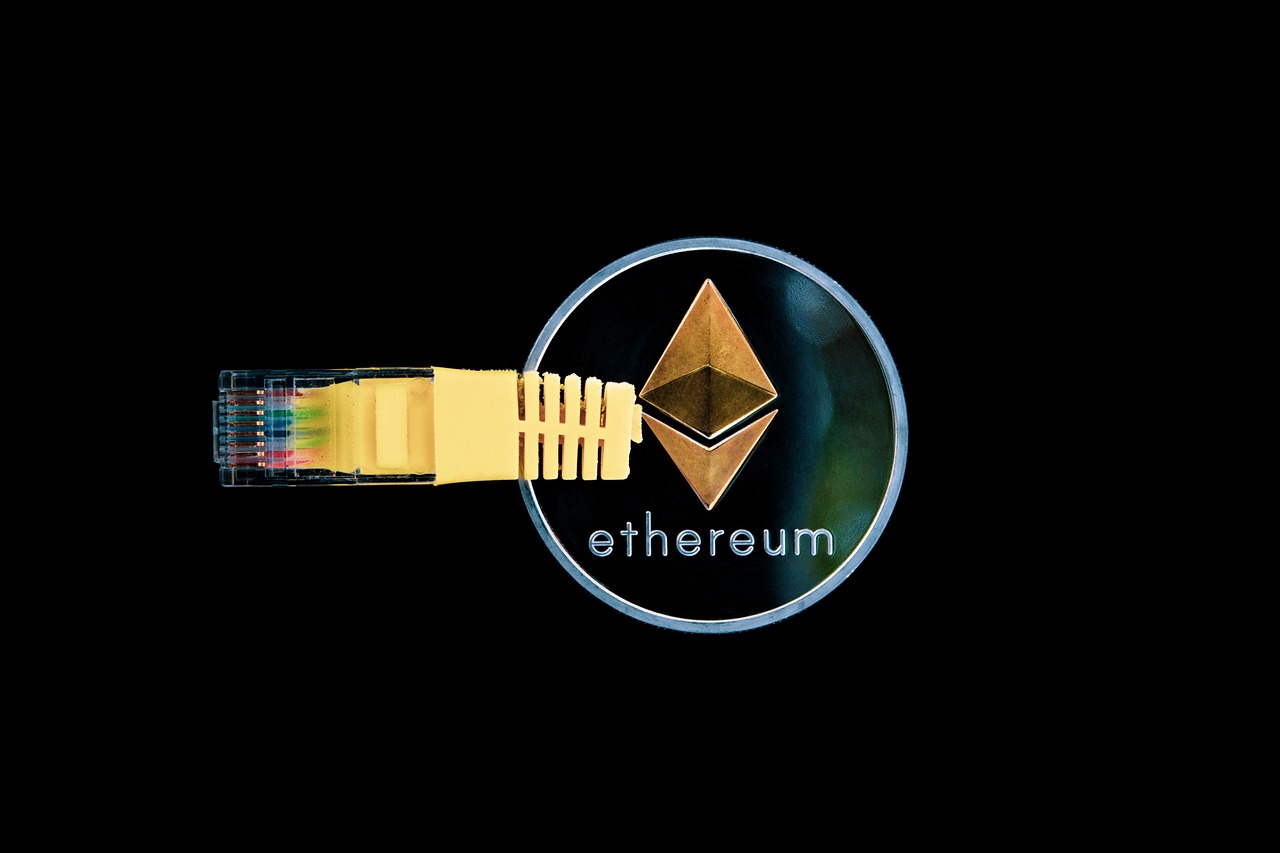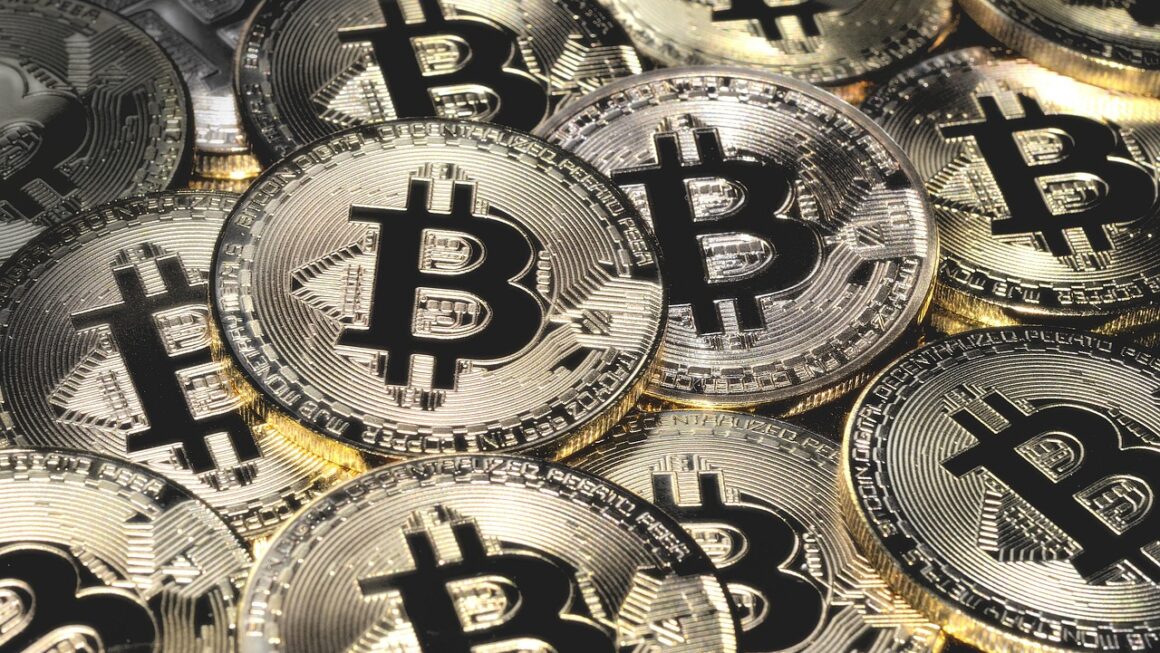Venturing beyond Bitcoin can feel like stepping into a whole new world of digital currencies. That world is populated by altcoins – a vast and diverse landscape offering potential investment opportunities, technological innovation, and unique use cases. But navigating this landscape requires understanding what altcoins are, their purpose, their risks, and how they differ from the original cryptocurrency. Let’s dive in and explore the exciting and often complex world of altcoins.
What are Altcoins?
Altcoins, short for “alternative cryptocurrencies,” are any cryptocurrency other than Bitcoin. They were created to improve upon Bitcoin’s limitations or offer entirely new functionalities. Altcoins represent a broad spectrum, ranging from coins mimicking Bitcoin’s codebase to those with completely innovative blockchain technologies and applications.
Types of Altcoins
- Mining-Based Altcoins: These altcoins, like Litecoin and Monero, use a Proof-of-Work (PoW) consensus mechanism, similar to Bitcoin, requiring miners to solve complex computational puzzles to validate transactions and earn rewards. They often aim to improve upon Bitcoin’s speed or efficiency.
Example: Litecoin aims for faster transaction confirmation times compared to Bitcoin.
- Staking-Based Altcoins: These, such as Cardano and Solana, utilize a Proof-of-Stake (PoS) consensus mechanism. Instead of mining, users “stake” their coins to validate transactions and earn rewards. PoS is generally considered more energy-efficient than PoW.
Example: Cardano aims to provide a more scalable and sustainable blockchain platform using its PoS system and layered architecture.
- Stablecoins: These altcoins are pegged to a stable asset, typically a fiat currency like the US dollar, to minimize price volatility. Examples include Tether (USDT) and USD Coin (USDC).
Example: USDT aims to maintain a 1:1 peg with the US dollar, making it a popular choice for traders seeking to avoid crypto market fluctuations.
- Governance Tokens: These tokens give holders the right to vote on proposals and changes to a particular project or protocol.
Example: Maker (MKR) token holders govern the MakerDAO decentralized autonomous organization, which manages the DAI stablecoin.
- Utility Tokens: These tokens provide access to specific products or services within a particular platform or ecosystem.
Example: Basic Attention Token (BAT) is used within the Brave browser ecosystem to reward users for their attention and publishers for their content.
- Meme Coins: Often created as jokes or based on internet memes, these coins can experience rapid price fluctuations driven by social media hype and community sentiment. Dogecoin and Shiba Inu are prime examples.
Market Capitalization and Popularity
While Bitcoin dominates the cryptocurrency market with the largest market capitalization, many altcoins have carved out significant positions. Ethereum (ETH), for instance, boasts the second-largest market capitalization and is the foundation for many decentralized applications (dApps) and decentralized finance (DeFi) projects. Some statistics highlighting the scale and importance of Altcoins:
- As of late 2023, altcoins constitute a significant portion of the total cryptocurrency market capitalization, often fluctuating between 40-50%.
- Ethereum’s market capitalization is consistently ranked second.
- Stablecoins like Tether and USD Coin frequently rank among the top cryptocurrencies by trading volume.
Why Were Altcoins Created?
Altcoins emerged for several key reasons, mainly to address perceived shortcomings in Bitcoin and to explore new possibilities within the blockchain space.
Overcoming Bitcoin Limitations
- Transaction Speed: Bitcoin’s transaction speed can be slow, especially during periods of high network congestion. Altcoins like Litecoin were designed to process transactions faster.
- Scalability: Bitcoin’s block size limits the number of transactions that can be processed per block, leading to scalability issues. Projects like Bitcoin Cash (BCH) attempted to address this by increasing the block size.
- Energy Consumption: Bitcoin’s Proof-of-Work consensus mechanism requires significant energy consumption. Altcoins using Proof-of-Stake, like Cardano, aim to be more environmentally friendly.
- Lack of Functionality: Bitcoin’s scripting language is limited, making it difficult to build complex applications on its blockchain. Ethereum was created to provide a more versatile platform for developing decentralized applications (dApps) using smart contracts.
Innovative Features and Use Cases
- Smart Contracts: Ethereum introduced smart contracts, self-executing contracts written in code, enabling the creation of decentralized applications (dApps) for various purposes, including DeFi, gaming, and supply chain management.
- Privacy Features: Altcoins like Monero and Zcash focus on enhancing privacy and anonymity through advanced cryptographic techniques.
- Decentralized Finance (DeFi): Many altcoins are designed to facilitate DeFi applications, offering services like lending, borrowing, and decentralized exchanges.
- Decentralized Governance: Some altcoins implement decentralized governance mechanisms, allowing token holders to participate in decision-making processes related to the project’s development and direction.
Addressing Specific Needs
- Gaming Industry: Enjin Coin (ENJ) aims to provide a platform for creating and managing virtual assets for the gaming industry.
- Supply Chain Management: VeChain (VET) focuses on using blockchain technology to track and verify products throughout the supply chain.
- Healthcare: Medicalchain (MTN) aims to create a secure and transparent platform for storing and sharing medical data.
Risks and Challenges of Investing in Altcoins
Investing in altcoins can be risky, and it’s crucial to understand the potential challenges before allocating capital.
Volatility and Price Swings
Altcoins are often more volatile than Bitcoin, experiencing significant price swings in short periods. This volatility can be attributed to factors like lower trading volumes, market manipulation, and speculation.
- Example: A positive tweet from a prominent influencer can cause a meme coin’s price to skyrocket, only to plummet shortly after.
Liquidity Issues
Some altcoins have low trading volumes and limited liquidity, making it difficult to buy or sell large amounts without significantly impacting the price.
- Tip: Before investing, check the coin’s trading volume on major exchanges to assess its liquidity.
Scams and Fraudulent Projects
The cryptocurrency space is unfortunately plagued by scams and fraudulent projects. Investors should be wary of projects with unrealistic promises, anonymous teams, or unsustainable business models.
- Pump-and-Dump Schemes: These schemes involve artificially inflating the price of an altcoin through misleading marketing and then selling off the holdings for a profit, leaving other investors with losses.
- Rug Pulls: A rug pull occurs when the developers of a project suddenly abandon it and take off with the funds raised from investors.
Regulatory Uncertainty
The regulatory landscape for cryptocurrencies is still evolving, and altcoins face regulatory uncertainty in many jurisdictions. Changes in regulations can negatively impact the value and adoption of altcoins.
- Example:* A country banning a particular altcoin could cause its price to crash.
Technology and Security Risks
- Smart Contract Bugs: Smart contracts can be vulnerable to bugs and exploits, potentially leading to the loss of funds.
- 51% Attacks: Mining-based altcoins with smaller networks are susceptible to 51% attacks, where a single entity gains control of more than half of the network’s hash rate and can manipulate transactions.
- Blockchain Forks: Hard forks can create new versions of an altcoin, potentially dividing the community and confusing investors.
Actionable Tips to Mitigate Risks
- Do Your Own Research (DYOR): Thoroughly research the project’s team, technology, whitepaper, and community before investing.
- Invest Only What You Can Afford to Lose: Cryptocurrency investments are speculative, and you should only invest funds you can afford to lose without impacting your financial well-being.
- Diversify Your Portfolio: Don’t put all your eggs in one basket. Diversify your investments across multiple cryptocurrencies and asset classes to reduce risk.
- Use Secure Wallets: Store your altcoins in secure wallets, such as hardware wallets or reputable software wallets, to protect them from theft.
- Stay Informed: Keep up to date with the latest news, trends, and regulatory developments in the cryptocurrency space.
How to Evaluate Altcoins
Evaluating altcoins requires a comprehensive approach to assess their potential and viability.
Team and Project
- Team Expertise: Research the team’s background, experience, and track record in the blockchain space.
- Transparency: Assess the project’s transparency in terms of communication, documentation, and code availability.
- Community Support: Evaluate the size and engagement of the project’s community, as a strong community can contribute to its success.
- Whitepaper Analysis: Read the project’s whitepaper to understand its goals, technology, and roadmap.
Technology
- Blockchain Technology: Analyze the underlying blockchain technology, including its scalability, security, and consensus mechanism.
- Innovation: Assess the project’s level of innovation and its potential to disrupt existing industries.
- Smart Contract Security: If the project utilizes smart contracts, review its security audits and potential vulnerabilities.
- Code Quality: Examine the quality and maintainability of the project’s codebase.
Tokenomics
- Token Supply: Understand the token’s total supply, circulating supply, and distribution mechanism.
- Token Utility: Assess the token’s utility within the project’s ecosystem and its potential for value appreciation.
- Inflation Rate: Consider the token’s inflation rate and its impact on its value over time.
- Staking and Governance: If the project offers staking or governance features, evaluate their potential benefits and risks.
Market Analysis
- Market Capitalization: Review the coin’s market capitalization and its ranking among other cryptocurrencies.
- Trading Volume: Assess the coin’s trading volume on major exchanges to evaluate its liquidity.
- Price History: Analyze the coin’s price history to identify trends and potential risks.
- Competitor Analysis: Compare the project to its competitors in terms of technology, adoption, and market share.
Practical Example – Evaluating a New DeFi Altcoin
Let’s say a new decentralized finance (DeFi) altcoin emerges promising high yields on staked assets. An investor would consider the following:
If the answers to these questions raise red flags, it’s a sign to proceed with caution or avoid investing altogether.
The Future of Altcoins
The future of altcoins is uncertain but promising. As the cryptocurrency space continues to evolve, altcoins are likely to play an increasingly important role.
Growth and Adoption
- Institutional Adoption: Increased institutional adoption of cryptocurrencies could drive demand for altcoins with unique use cases and technologies.
- DeFi Growth: The continued growth of the DeFi sector could fuel demand for altcoins that support decentralized lending, borrowing, and trading.
- NFTs and Metaverse: Altcoins that facilitate the creation, trading, and use of non-fungible tokens (NFTs) and virtual assets in the metaverse could experience significant growth.
- Global Payments: Altcoins with fast transaction speeds and low fees could become more widely used for global payments and remittances.
Challenges and Innovations
- Regulation: Regulatory clarity and standardization will be crucial for the long-term success of altcoins.
- Scalability: Scalability solutions, such as layer-2 protocols and sharding, will be essential to handle increasing transaction volumes.
- Interoperability: Interoperability solutions, such as cross-chain bridges, will enable seamless transfer of assets and data between different blockchains.
- Sustainability: Energy-efficient consensus mechanisms, such as Proof-of-Stake, will become more important as concerns about the environmental impact of cryptocurrencies grow.
Predictions and Trends
- Increased Focus on Utility: Altcoins with clear use cases and real-world applications are likely to outperform those with limited utility.
- Growth of Decentralized Autonomous Organizations (DAOs): DAOs will become more prevalent in the governance of altcoin projects, empowering token holders to participate in decision-making.
- Emergence of New Blockchain Technologies: New blockchain technologies, such as directed acyclic graphs (DAGs) and sidechains, could offer improved scalability and efficiency.
- Consolidation and Specialization: The altcoin market may experience consolidation, with only the most viable and innovative projects surviving in the long run.
Conclusion
Altcoins represent a vibrant and ever-evolving segment of the cryptocurrency market. While they offer significant potential for innovation and investment, they also come with considerable risks. Thorough research, careful evaluation, and a risk-aware approach are crucial for navigating the world of altcoins successfully. By understanding the different types of altcoins, their underlying technologies, and the potential challenges, investors can make informed decisions and potentially benefit from the growth of this exciting and dynamic asset class.
Read our previous article: Beyond Unicorns: Building Resilient Tech Startups
For more details, see Investopedia on Cryptocurrency.




